Marie Blanc: the woman behind some of Monaco’s finest establishments
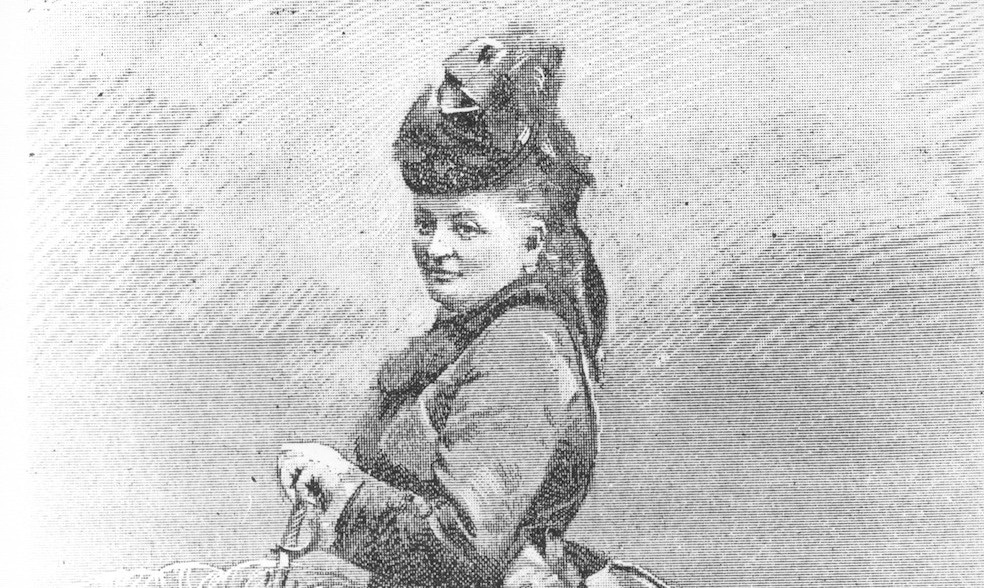
From the Hôtel de Paris to the Opera, via the Jardins des Boulingrins, we take a look at the work of Marie-Charlotte Blanc, née Hensel
While the name “François Blanc” is well known in the Principality, fewer people have also heard of his wife Marie. And yet, it is to this woman, born into a humble German family, that we owe some of Monaco’s most iconic establishments.
From the former Café Divan, now Café de Paris, to the Hotel of the same name and its cellars, Marie Blanc has left a fabulous legacy, instigating and overseeing the decoration of these prestigious venues at a time when her status as a woman might have been an obstacle.
141 years after her death, the Société des Bains de Mer decided to pay tribute to this creative visionary on March 8, International Women’s Day. The SBM organised two talks, including one for employees of the group, to showcase “the woman without whom the Société des Bains de Mer would probably not exist today.”
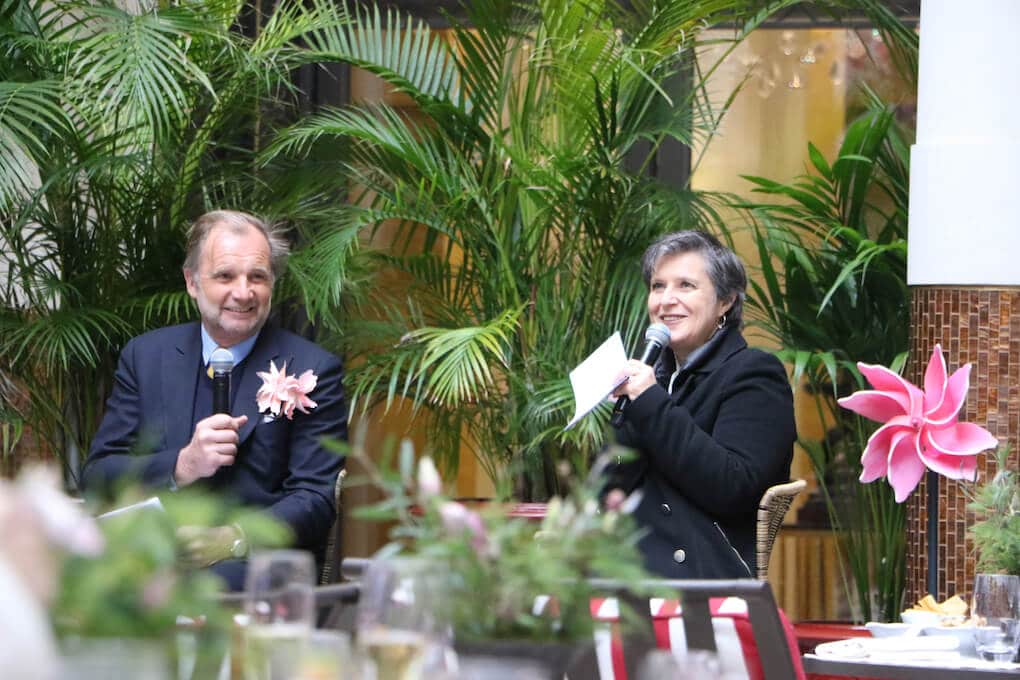
SEE ALSO: Jean-Paul Bascoul, story hound and photo collector
From governess to business
Little Marie-Charlotte Hensel was born in 1833, near Frankfurt. Daughter of a humble cobbler in Homburg, she left school at the age of fifteen. Although nothing predestined her for a great career, her excellent command of the French language enabled her to enter the service of a certain François Blanc, a businessman and gaming concession holder in Homburg.
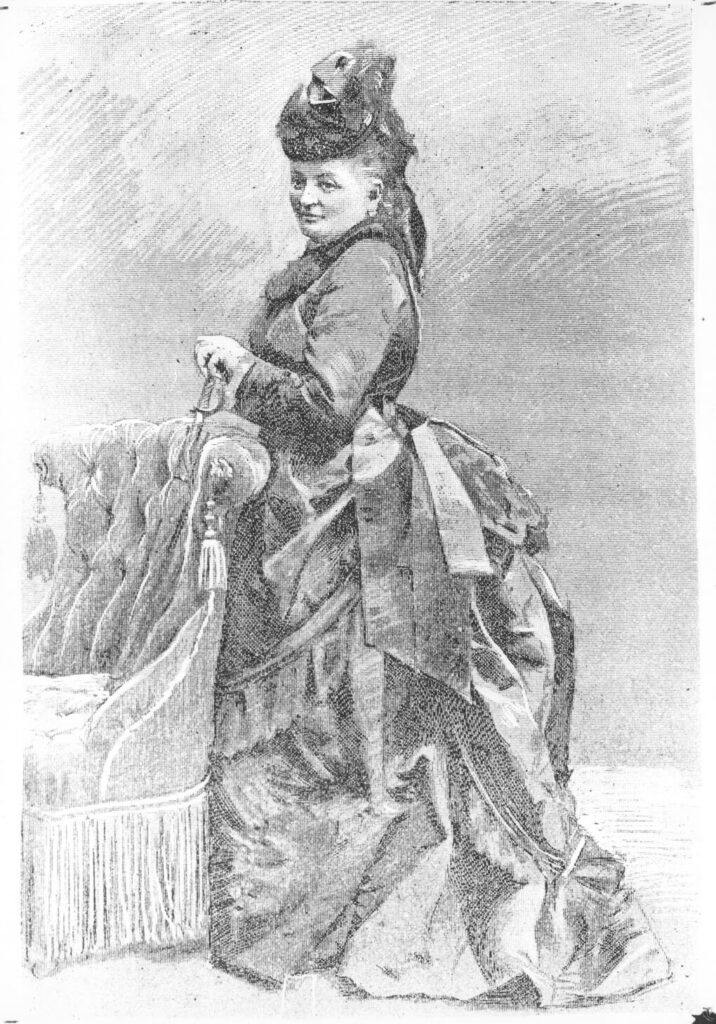
Employed as a governess for the two children of the house, Camille and Charles, the young Marie charmed François Blanc with her quick wit and intelligence. For four years, the businessman allowed her to complete her education at a boarding school for girls. 27 years her senior, he eventually married her in 1854, two years after the death of his first wife.
The marriage would produce three children: Marie-Louise, Edmond and Marie-Félix. But it was also a marriage of two visionary and creative minds: “François Blanc handled the numbers and Marie did everything else. She was always with her husband, adding a touch of luxury, a touch of lifestyle, a touch of ‘art de vivre’,” explains Jean-Luc Biamonti, Deputy Chairman of SBM.
Initially Marie Blanc ran the “Société anonyme des fermes réunies du Kurhaus et des sources mineraux de Hombourg”, but she soon discovered a passion for decoration and set up her own salons, particularly in Paris, where she earned a very good reputation.
However François Blanc, being a good businessman, spotted a potential bonanza almost 1,000 kilometres from the French capital: Monaco. And yet, at the time, the Principality had just lost Menton and its citrus fruits, and was far from attractive. But the gambling laws were changing in Homburg so, with Marie’s encouragement, François decided to move his business to Monaco.
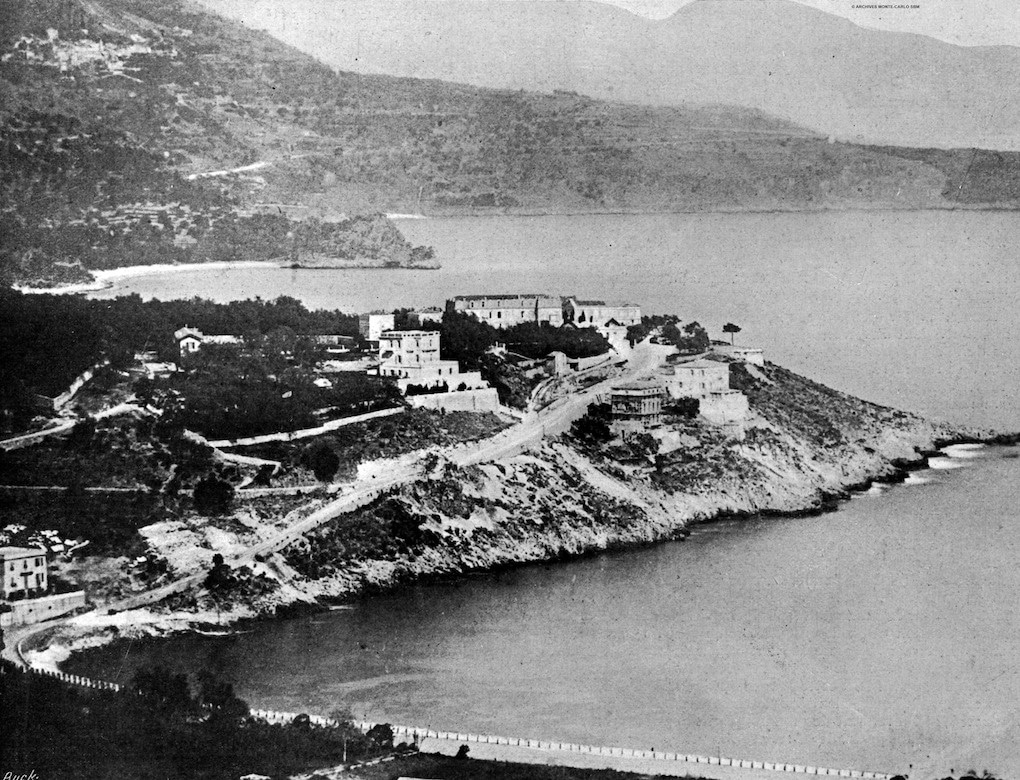
If you are something, get yourself noticed at Madame Blanc’s Café, and you will become somebody
Le Figaro
The SBM is born
A seemingly risky gamble that ultimately paid off. In March 1863, the Blanc couple headed for the Principality and met Princess Caroline and her son, Prince Charles III. Marie immediately fell in love with Monaco. On April 2 of the same year, François Blanc became Director and Chief Executive Officer of the Société des Bains de Mer et du Cercle des Etrangers. The company was granted a 50-year gambling concession by Sovereign Ordinance.
The first project the Blancs tackled was the Hôtel de Paris, whose construction had already begun but had not been completed. Marie spent no less than 200,000 francs on furnishings: ebony wood inlaid with gold bands and Venetian chandeliers decorated the hotel. 30,000 francs were also spent on silverware. “It was unbelievable! The government commissioner at the time even expressed his surprise, saying that it was a bit risky to be using silverware in a hotel for passing trade,” explains Charlotte Lubert, SBM’s heritage manager.
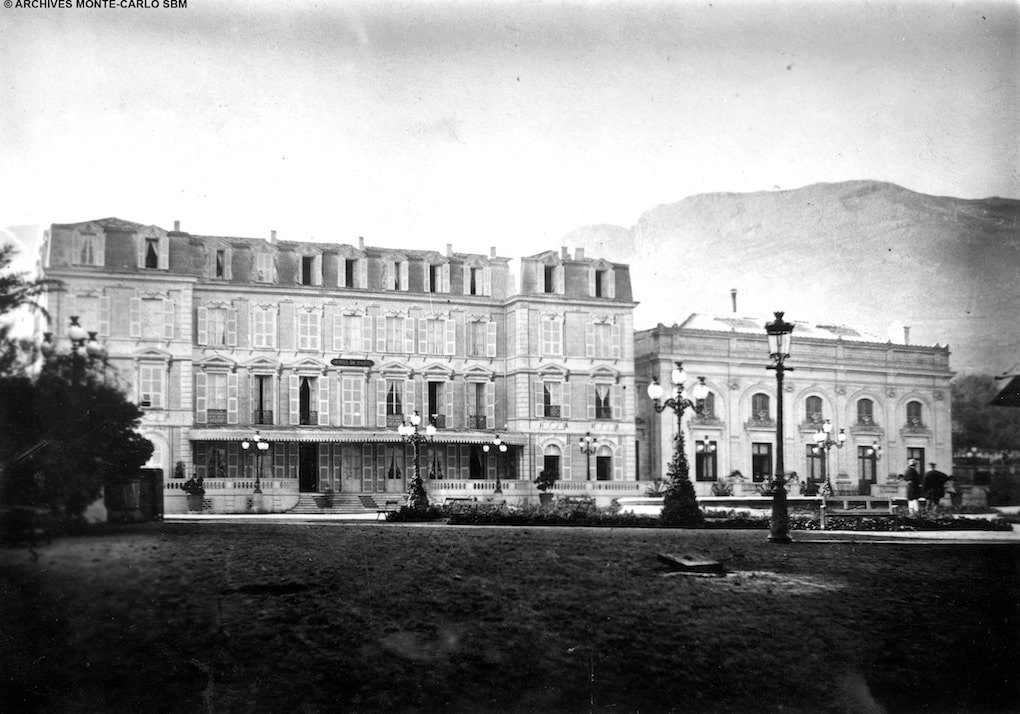
Then came the cellars, which had been forgotten and which Marie Blanc financed with her own funds. Another institution was soon founded in 1868: the Café Divan, renamed the Café de Paris. “If you are something, get yourself noticed at Madame Blanc’s Café, and you will become somebody“, wrote Le Figaro

“She wasn’t just a decorator, she also had her salons. She was a builder and, above all, she was very generous and made a lot of donations,” says Charlotte Luret. Along with her husband, Marie financed, among other things, the construction of the Jesuit College, now the Lycée Albert I, and of Monaco Cathedral.
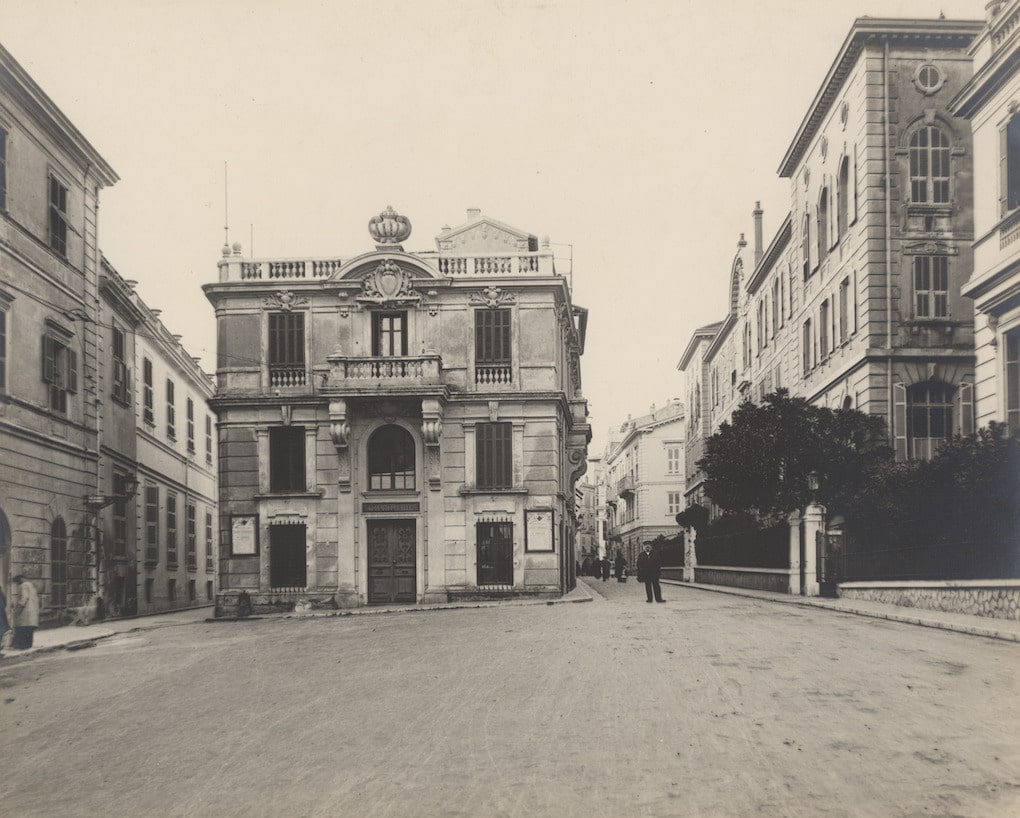
Marie Blanc continued her work after the death of François in 1877. “She had been dreaming for a long time of giving Monaco a theatre. She called on Charles Garnier, a prominent architect, who had just finished the Opéra Garnier in Paris. Marie wrote him a blank cheque, there was no estimate,” adds Charlotte Luret. The Monte-Carlo Opera was born and Marie chose a prestigious guest for the inauguration: the famous actress Sarah Bernhardt.
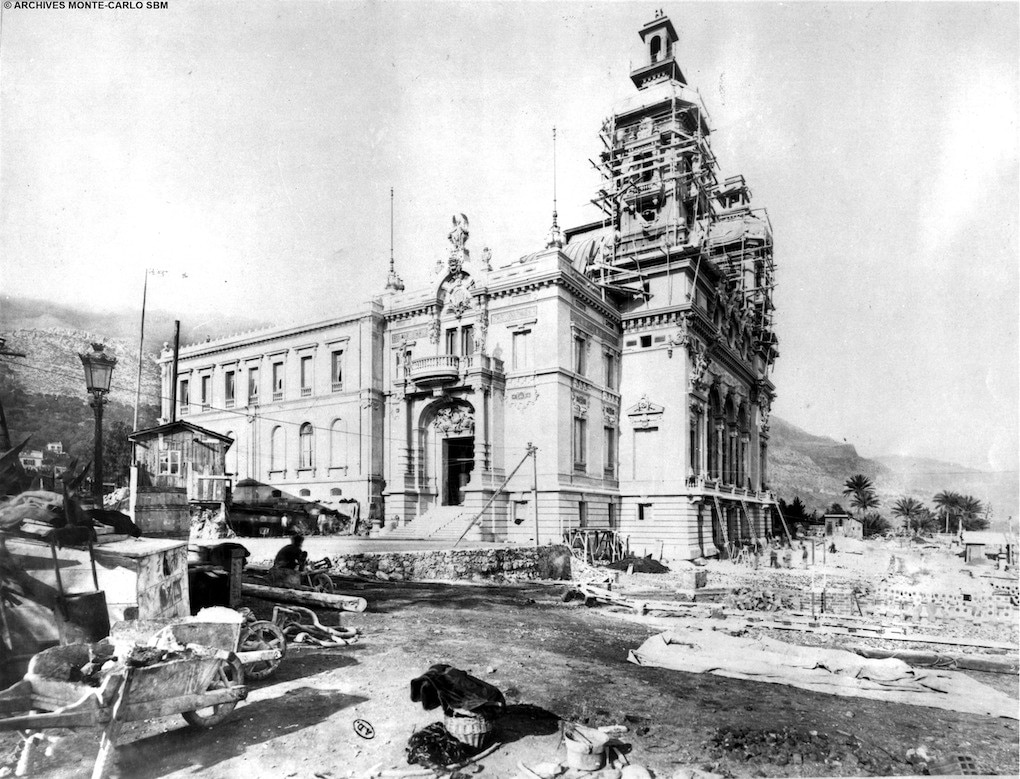
Marie Blanc died in 1881, leaving behind a huge legacy. More than a century after her death, SBM wanted to tell us her extraordinary story, that of a creative and ambitious woman who saw in Monaco the ideal place to express all her talent.









